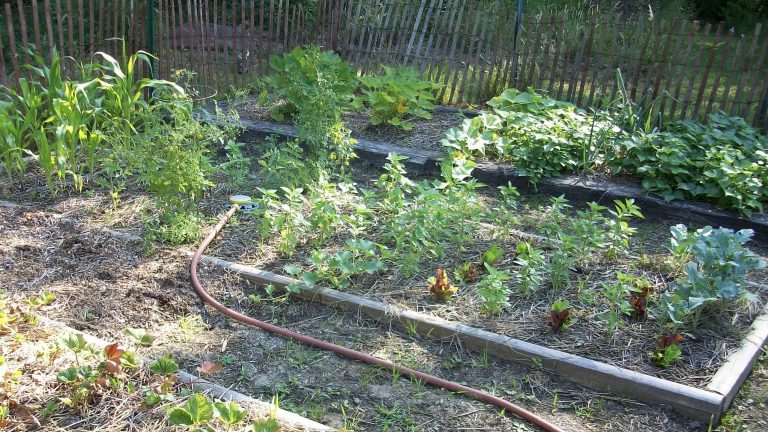For a gardener, there's nothing more satisfying than slicing a home-grown tomato or cucumber.
But harvests can be ruined if stormwater runoff or nearby waterways overflow and flood the garden.
Floodwaters can carry bacteria, sewage or other contaminants.
Grubinger: “According to the FDA, any edible part of a plant that comes into contact with floodwater is considered contaminated and should not be eaten.”
Vern Grubinger of the University of Vermont Extension said some pollutants break down over time.
But contaminants like heavy metals can remain in the ground, so Grubinger said gardeners might consider testing their soil after a flood.
Many experts recommend waiting at least three months before harvesting any food from a flooded garden, and at least four months for crops that can touch the soil, such as strawberries.
Grubinger said the safest thing to do after a flood is to let the soil dry out and try to replant later in the season or even next year.
Grubinger: “We tell people to hang in there, there's always next year.”
As climate changes, increasingly powerful storms will bring higher flood risks to many areas.
Therefore, every home gardener should know what precautions to take after a flood strikes.
Reporting credit: Ethan Friedman/ChavoBart Digital Media
We help millions of people understand climate change and what to do about it. Help us reach more people like you.
